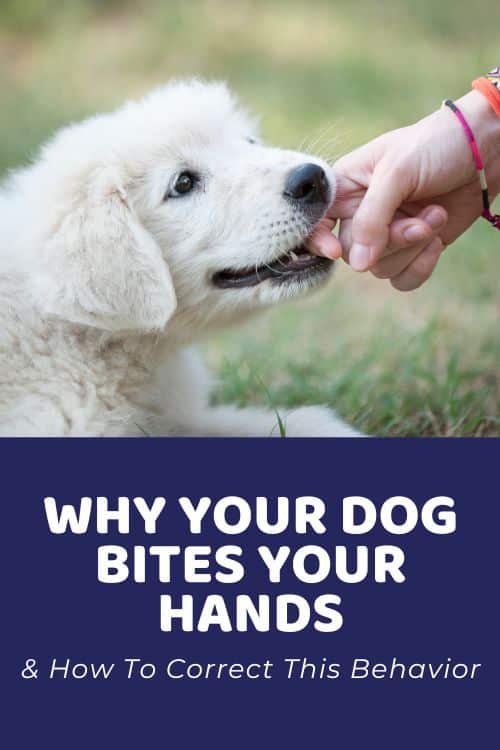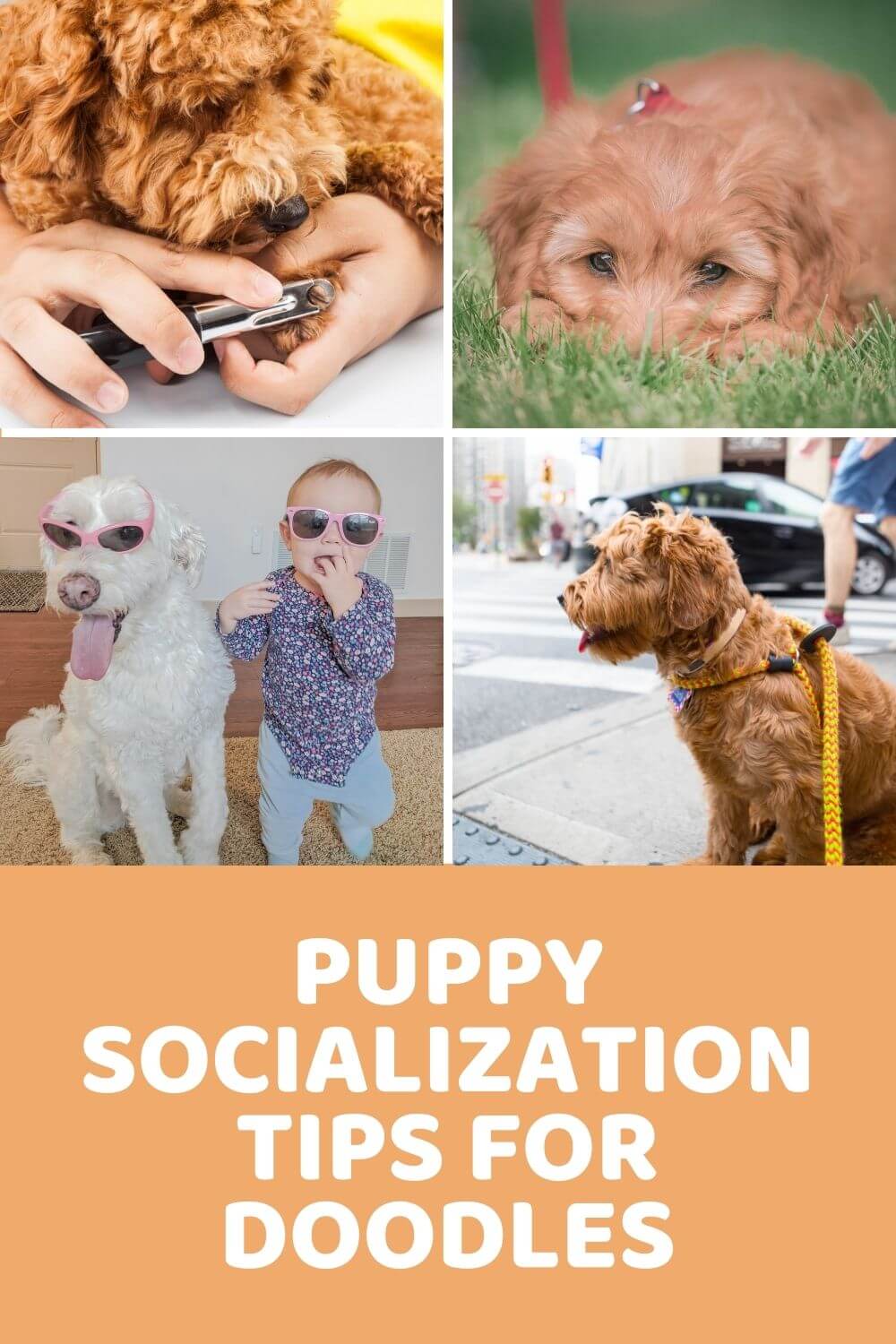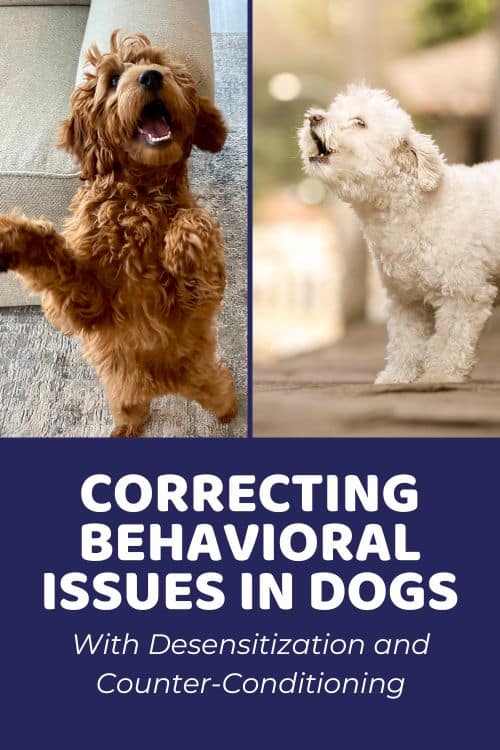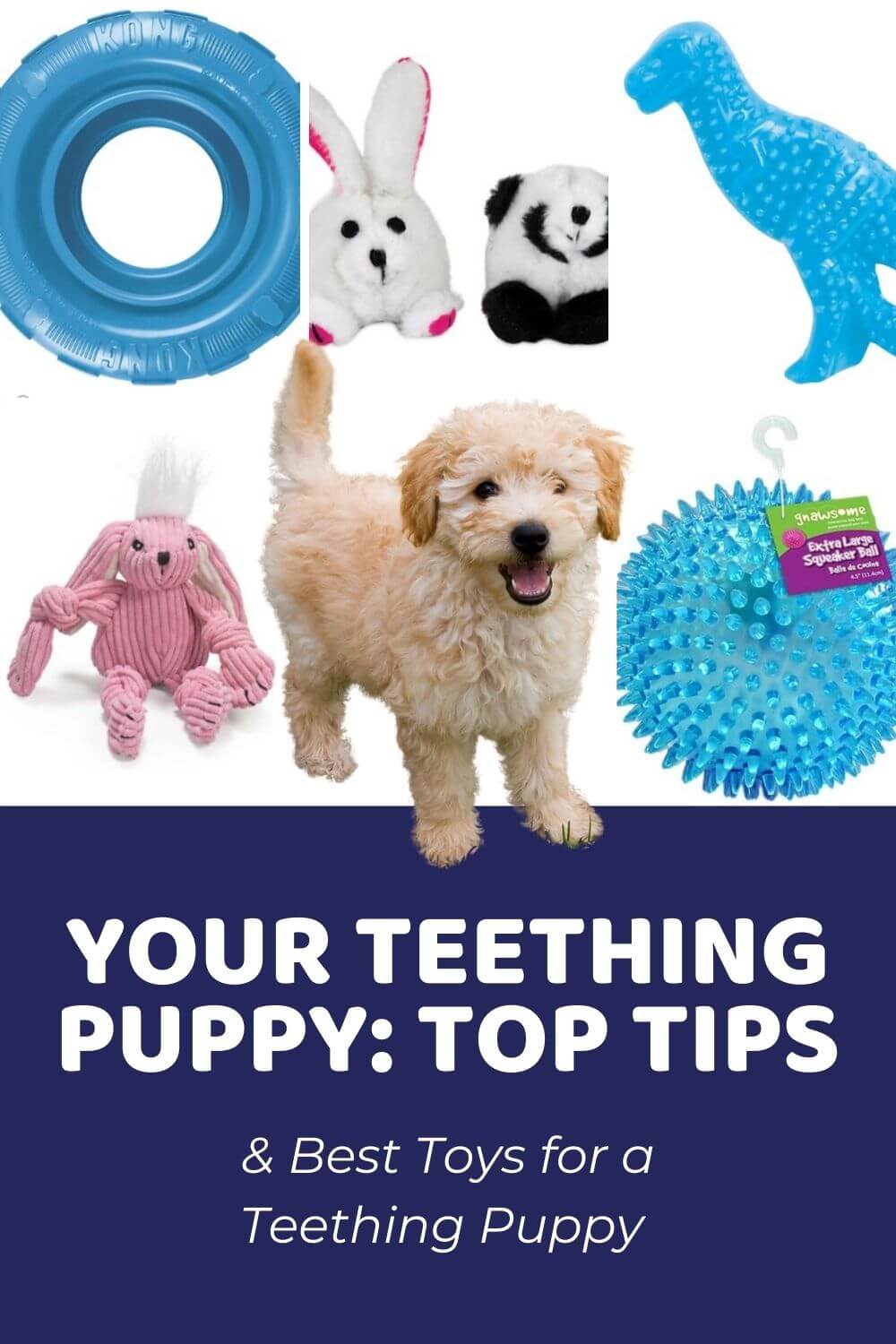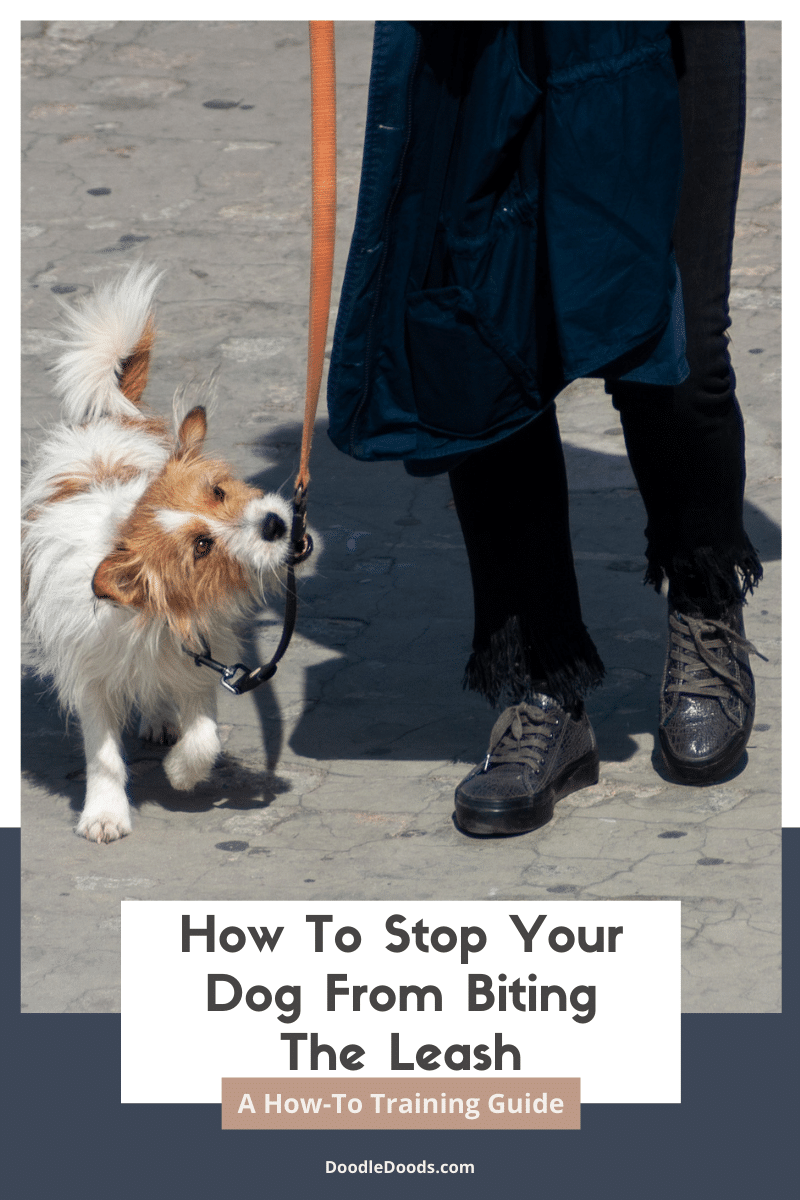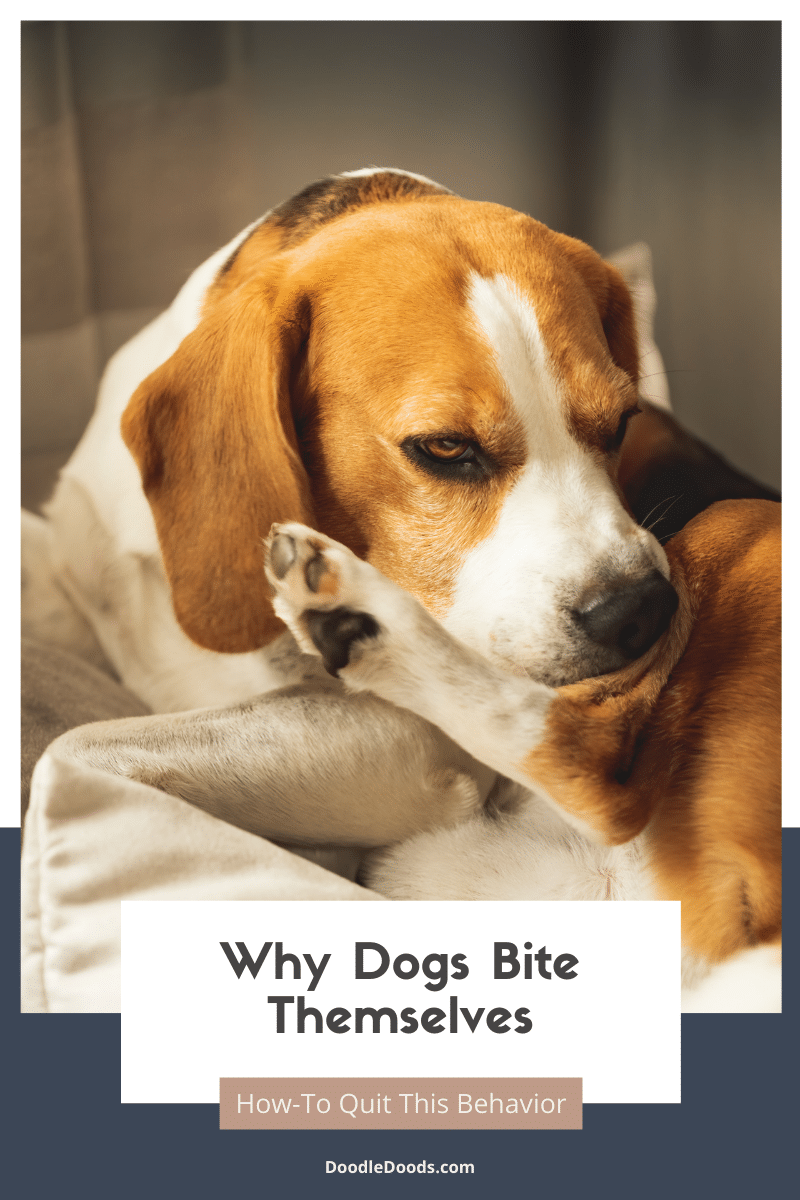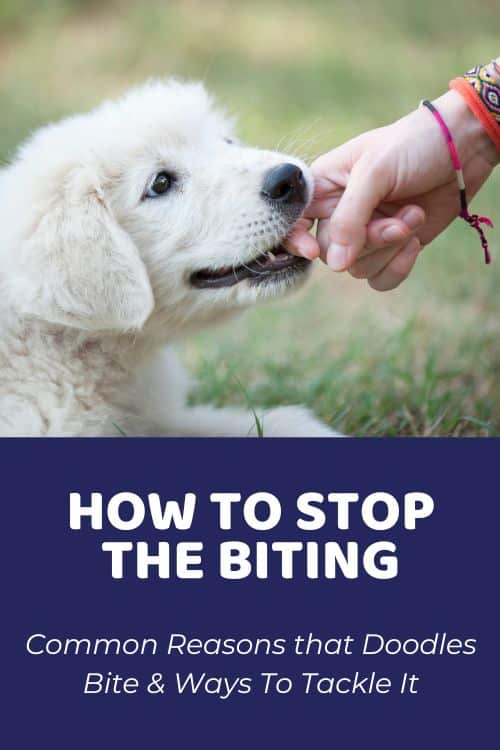Anyone who’s ever spent time with a puppy knows that playtime can quickly escalate into bite time. Painful nips are a common complaint for newbie dog owners. This behavior can seem a little alarming at first and can quickly get overwhelming when you can’t get your pup to stop seeing your hands as their own personal chew toys.
Often your pet means no harm. Mouthing in play is a natural doggy behavior. Yet it might not seem that way to you when those needle-sharp puppy teeth are dragging against the sensitive flesh of your hands. Discouraging and redirecting this behavior from an early age is vital. If your puppy gets away with it too often, you’ll be dealing with it forevermore.
Here we’ll outline why dogs bite hands, and how can we correct this behavior with some practical and effective ways of doing just that.
Table of Contents
Different Dog Biting Behaviors
As with anything, you’re aiming to discourage your dog from doing, the first step is learning exactly why exactly they’re doing it in the first place. While some breeds of dogs are just more inclined to use their teeth in play or to get what they want, others have quickly caught on that doing so can get them the attention they are looking for.
Either way, it’s good to have a fair understanding of your Doodle dogs’ parent breed backgrounds. Are they likely to have a high prey drive and keen hunting instincts? Are they attracted to small flailing things like ratter terrier types? Might they lean towards nipping in play like herding breeds? This knowledge can better point you to a solution.
You should also pay close attention to the environment, and especially to situations, where your dog is more likely to exhibit this kind of behavior. Their movements and body language can provide vital clues to help you distinguish between playful mouthing and more aggressive biting. It will also tell let you know what is motivating their actions.
Mouthing
Mouthing includes things like chewing, nipping, gnawing, play-biting, or your dog simply holding your hand between their teeth. As one of the key ways your pet communicates with you, these behaviors can mean different things, including:
Your Puppy Is Learning
Play-biting is a common feature of dog-to-dog interactions. It starts early with their littermates and is essentially how they learn to be dogs. In the wild, their early years would be dedicated to developing hunting skills, and this is just a natural part of that. Through rough-and-tumble games, puppies learn all about bite inhibition, which means holding back so their teeth don’t actually penetrate the skin. That being said, even their “gentle” bites can feel more painful to us people as we don’t have that protective layer of fur.
Puppies also start to explore the world around them with their mouths (as human babies do). They learn to use their noses and mouths much like we learn to use our eyes and hands. So taking your fingers between their teeth just makes sense to them. However, while this may seem cute when your pup is a pup, it can quickly grow to be a nuisance behavior as they grow – especially when they start doing it to other people too.
Your Puppy Is Teething
Your puppy’s instinct to get to know the things around them through their mouths kicks into overdrive when the dreaded teething issue rears its ugly head. This happens at around 2 to 4 months. At this time, chewing can help relieve the pressure and pain caused by swollen gums. Your hands are easy targets for your pal’s teeth – as are your softer belongings and furniture. The good news: when your pup is gnawing away at everything in sight, you know exactly why they are doing it. The problem is that you won’t be able to stop them; merely redirect the focus of their chewing. For more guidance during this delicate life stage, check out our other guides on teething.
Your Adolescent Dog Is Excited
More common in younger than older dogs, particularly those under two years of age, emotion-reactivity can involve undesirable behaviors like nipping, chewing, barking, and zooming about the house. This is particularly likely to occur when your dog is greeting you at the door or when you’re involved in a game with them. Again, their actions will be evident because your pooch will be madly dashing around, jumping up, and frantically wagging their tail.
While your automatic response might be to push your dog away, especially if they are painfully biting your hands or clawing at your legs, this will look to your four-legged friend as if you’re simply joining in the game. Not only will they carry on in the moment, but they will also be more likely to repeat the behavior in the future. In short, you’re just making things worse. Training is the only way to overcome this behavior (see below). Until then, aim to create a barrier between you and your dog when they are acting this way.
Your Dog Wants Attention
Similar to how a child or adult friend or family member may grab your hand to get you to focus on them, a dog can learn to do the same with their mouth. They might be telling you that they want to play a game, are hungry, or want to go for a walk; it doesn’t matter. Again, their body language will be open, friendly, and happy, and the nipping, chewing, or other mouthing will be gently done.
If you give your pooch the attention they are demanding, or actually any kind of attention – positive or negative, then you are encouraging the behavior, and it will continue. In fact, the reason they are doing it now is that you probably inadvertently reinforced it in the past. Instead, teach them an alternative, more acceptable way to get you to interact with them – say, a nose to the palm. Visitors to your home and people in the park will thank you for it!
Biting
Biting, in comparison, is done with different intentions. The dog won’t be holding back to ensure they are not causing real pain. In fact, the idea may very well be to scare away a potential threat. With biting your dog’s teeth are far more likely to pierce your skin.
However, you will often receive several obvious warning signs that your pet is about to snap. It’s very uncommon for dogs to bite out of nowhere. Reading the situation and your pup’s body language is key to understanding why they are acting this way.
Your Dog Is Scared
The most common motivation for seemingly aggressive behavior in canines is fear. Dogs bark, growl, show their teeth, and then finally snap (usually without the actual intention to bite) because they perceive a threat in their environment. As such, it will be unlikely that this behavior is directed towards you, their owner, unless you have chosen to adopt an older rescue dog. If your pup is displaying any of these actions towards another person, it’s best that you ask them to back off so your pal can feel more comfortable.
Lack of early socialization is generally why many dogs feel anxious in unfamiliar situations or around people and animals they don’t know. Although, smaller pups do tend to display fear of the unknown much more than larger ones – for obvious reasons. When you’re teeny, just about anything can seem threatening. Recent times have also created a generation of more fearful dogs known as “Pandemic Puppies” because of the imposed social restrictions during their early lives. Learning social skills through exposure is the best way forward with this.
Your Dog Is In Pain
When biting behavior is directed towards their owner, a lot of the time, it indicates a potential medical issue. In stroking or tickling your pal, you may have accidentally hit upon a sore spot. Biting you is your dog’s way of telling you to stop touching them there because something is wrong. It’s an instinct on their part (the equivalent of a person slapping your hand away for doing the same) and not an indication that your dog is aggressive. Obviously, if this happens and you think there might be something wrong, you should take your pet to the vet to get them checked out.
Redirected Aggression
By far the biggest reason dog owners end up with serious bites on their hands and arms is because of redirected aggression. For those who’ve never dealt with this issue with their otherwise cute and cuddly pups before, this can be especially terrifying. In one moment, your pal has turned into a frenzied ball of teeth and claws, and they are directing this at you. If you don’t know what to do about it, you could end up pretty seriously hurt.
Usually, in this scenario, your pet is having a bit of a spat with another dog, and you reach down to intervene and end up bearing the brunt of their anger. This doesn’t make your pup aggressive or a threat to other people; they’re just wound up into a frenzy and will chomp down on anything that gets in their way. This tends to happen with more confident or reactive pups who already exhibit territorial or guarding behaviors. Never, EVER try to break up a dog fight with your hands.
Resource Guarding
Another super common complaint is resource guarding. You’ll notice that your pal starts to act up when you attempt to remove something they are particularly fond of – a favorite toy, a tasty chew, their food bowl… Typically you’ll receive fair warning of any biting intentions with growling, stiffening, barking, and finally lunging and snapping. This harkens back to dogs’ more primitive days when they needed to scrap for resources and once gotten to warn others off.
While this is most common with valued items, it can extend beyond this. Some dogs also demonstrate “possessive aggression” towards a favored family member. This can become highly problematic when they start to misbehave towards other dogs in the household or even other people if they come near. These kinds of issues can only really be dealt with via training or, if the dog is older, counter-conditioning. If they are too well established, you might even need to bring an expert in.
5 Steps To Stopping Your Dog Biting Your Hands
Context is everything when dealing with biting behaviors, so understanding which of the above motivations lies behind it is crucial. The important thing to remember is that under no circumstances should you lash out at your dog when it happens. It can be all too easy to let your frustration escalate to anger, but this simply teaches your pal to be afraid of you. As you can see above, fear will make the problem far worse.
Be patient with your pooch. They are not doing anything simply to annoy you. They’re just doing what comes naturally to them as dogs. Follow the below steps to encourage them to find other ways to play and attract your attention. With a little effort, they can make good progress, it may seem slow, but you’ll get there in the end.
Give Them Puppy-Safe Chew Toys
With very young and teething puppies, the very best thing you can do is provide them with another object to direct their chewing behavior onto. If you hit upon the right teething toys, this should be fairly effortless as they will be much more interesting than your squirming hands. You can even get freezable items that will feel like heaven on their painful gums. If the lesson doesn’t take easily, check out our homemade anti-chew spray.
Investing in age-appropriate toys sets a good precedent for the future too. Your dog will learn to turn to these rather than you or your belongings when looking for a bit of chew time fun. Playing with them and the toys helps your dog understand that this is a good way to earn your attention. For instance, with a tug-of-war toy, you can both have hold of the toy, but your hound’s teeth will be very firmly on the toy and not near your hand.
Stop Playing With Your Dog The Moment They Bite
If playing does turn to biting, then you’re going to want to do all you can to ensure the behavior isn’t reinforced. We already know that pushing your pup away has the opposite effect, so what should you do instead? The answer is to withdraw your attention completely. Do not make a sound, avoid eye contact, or don’t interact with them in any way, simply turn or walk away. In doing this, your fur baby should get the message that not only does biting not work for attention but actually brings playtime to an end.
Enforce Time Out Until They Are Calm
If your puppy is still jumping up even though you are no longer interacting with them, you might need to take this a step further. Put them in their crate or a playpen, or restrict them to a room away from you using a gate. Leave them there until you can see they have calmed down enough to resume play and keep their mouths to themselves. You might need to do this several times before your pooch makes the connection between their biting and the unwanted time out.
Teach Them That Biting Is Not The Way
Ignoring the behavior is a good start towards getting rid of it, but you will also need to teach your dog alternative ways to interact with you, communicate with you, and generally get your attention. You might encourage your pal to bring their toys to you to signal that they want to play and chew these in place of your hand when they are excited. Ringing a bell on the door can tell you they want to go out – you can get pretty creative.
Commands such as “sit” or “go to bed” can be useful for helping your younger dog manage their emotions. When they are reacting to a stimulus in their environment, such as a doorbell or someone coming home, this can give them something else to think about. Reward desired behavior heavily when your dog does it. Also, pay special attention to your pup when they are acting calmly in situations that would otherwise overexcite them.
Take Your Dog Out For Exercise And To Socialize
Avoiding biting behaviors through fear, guarding, or anything else seemingly aggressive will take a combination of exposure to new stimuli and training. With fearful pups, spending time with new people and other animals will build their confidence, making them far less reactive. Dogs also learn by spending time with other dogs. Letting your puppy hang out with older hounds can encourage better manners.
If you can’t approach new people and other dogs at first because your pet barks, growls, cowers, or lunges, this is something you’ll have to do bit by bit. Keep them on their leash and get as close as possible to what’s upsetting them without them reacting (this is called keeping them below the threshold), then reward them with high-value treats for their calmness. Do this often, and gradually you’ll be able to get into the thick of things.
Frequently Asked Questions About Dog Hand Biting
Dogs bite (or mouth) their owner’s hands for a variety of reasons. Usually, they are learning, communicating, playing, or displaying affection. While this can seem like a bothersome behavior, your dog doesn’t mean it as such. They simply don’t know another way of doing things. It would be best if you encouraged them to interact with you in other ways.
Often this kind of mouthing is your pal’s way of giving you back some of the affection that you have bestowed upon them. In the doggy world, this would be construed as a friendly rather than threatening gesture. As long as your pooch is simply resting their teeth against your skin, you might be okay with them doing this and take it for what it is.
Letting your dog bite your hand doesn’t set a good precedent. It might seem harmless at first, but if your pup believes this is an acceptable way for them to behave, they will continue to do it. Moreover, it could escalate, not necessarily into aggression, but your hound may not know how much their teeth might be hurting you when they grip a little harder.
The best way to teach your dog not to bite your hands is to remove their motivation for the behavior. Do this by stopping play or ignoring their actions when this happens – or place them in their crate or a separate room. Then train them in better ways to either play with you, get your attention, or express their joy.
Most puppies calm down quite significantly as they get a little older. The problem is that owners often expect this to happen all at once when they reach their full size. However, as adolescents, dogs usually have less control over their emotions than ever. Instead, their crazy puppies might last until they are two years old or even beyond. That’s why training is a far better way of dealing with your pup’s biting than simply waiting for it to stop on its own.
Final Thoughts
There’s no doubt we love our pets deeply, but that doesn’t mean we have to love everything they do. Dogs usually bite to get your attention, and as part of play, puppies can chew on your hands while teething and sometimes out of excitement. Usually, it’s nothing to worry about. Yet, such behaviors can become a real problem when your dog directs this at your hands and other body parts and just won’t let up. That’s why it’s good to do something about your dog’s biting; the earlier, the better. Helping them understand that this is not the best way to get your attention and finding them better ways to do this will benefit you (and all the rest of your friends and family) in the long run.
Need help with training?
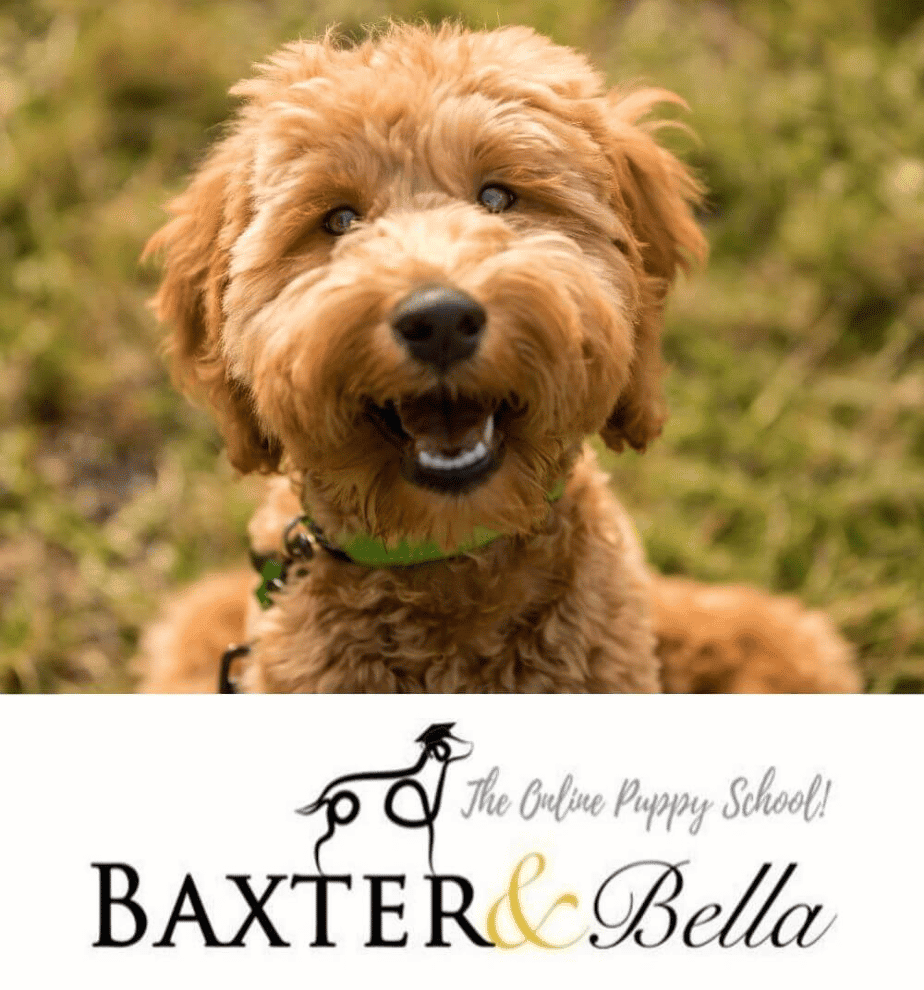
Use our discount code: DOODLEDOODS at checkout for an instant 25% off of BAXTER & BELLA, The Online Puppy School – an incredible value on their lifetime membership!
Learn More About BAXTER & BELLA
